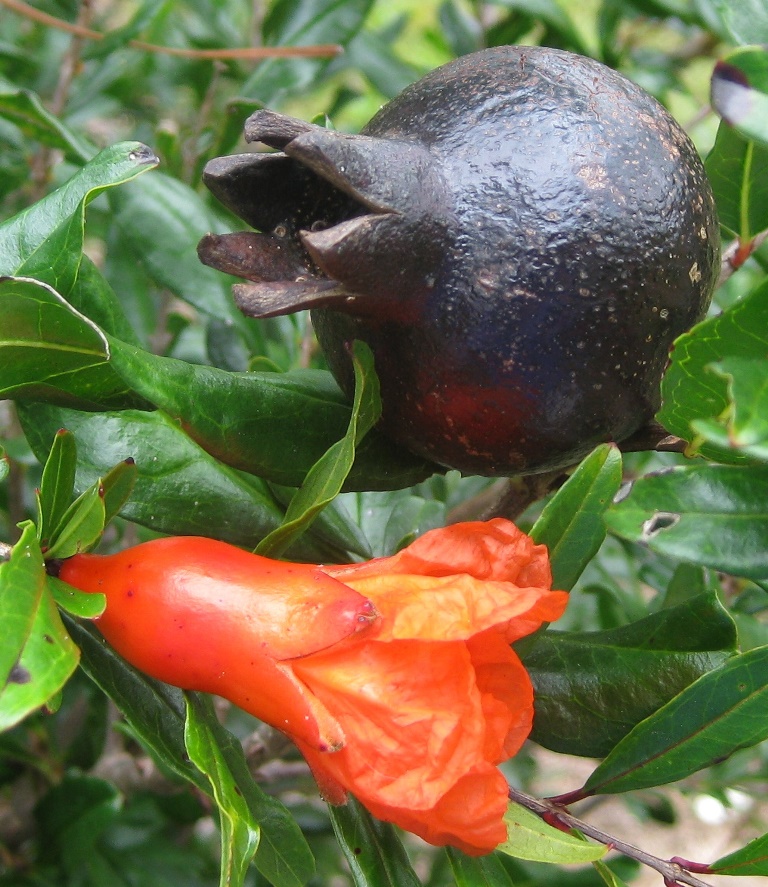
Home Grown Food – Les Furr’s Fruit Trees
SHOW LESS

SHOW LESS
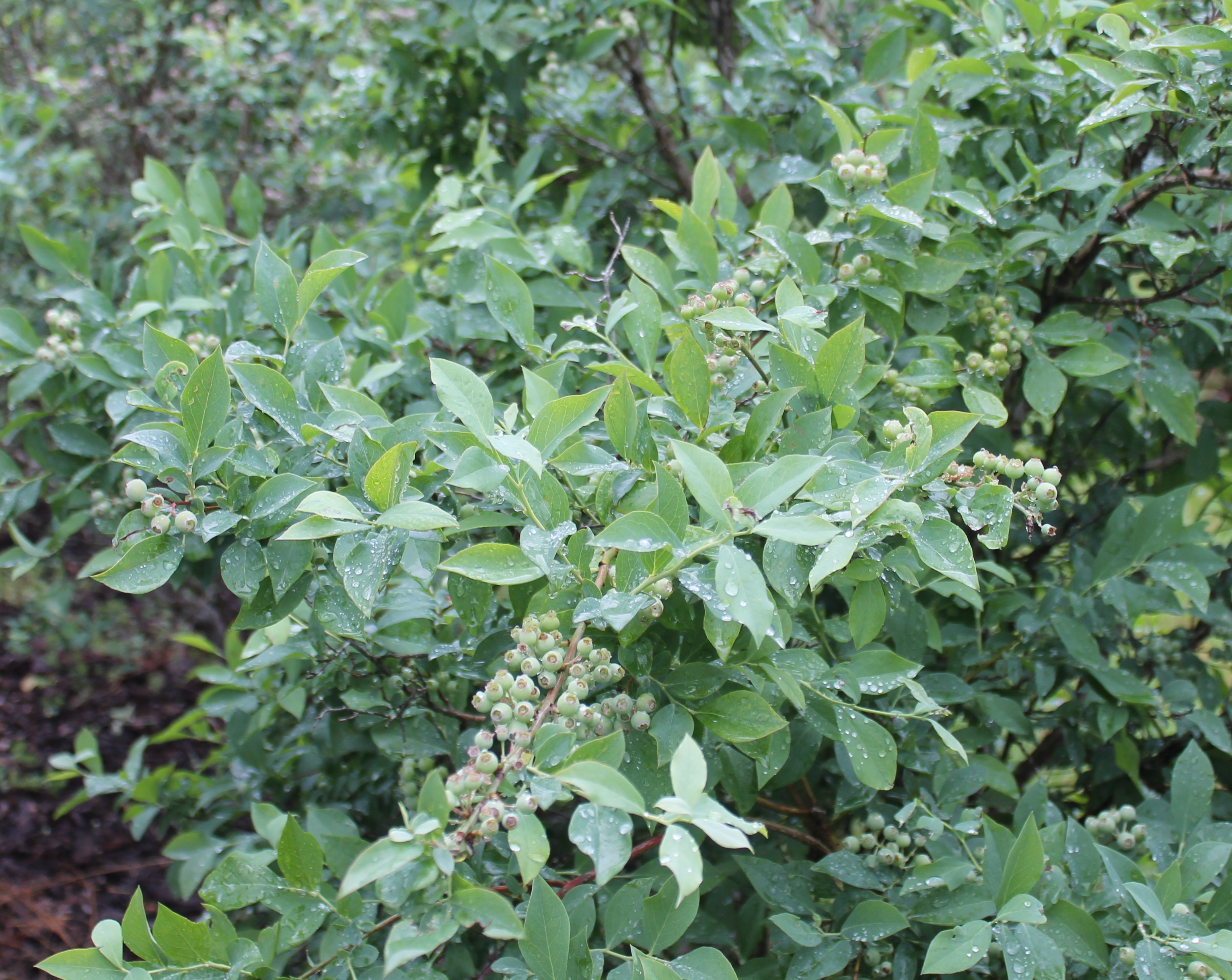
There are a number of plants that are adapted to the climate in the Florida Panhandle. Some can be grown in your yard to provide fresh, nutritious food for your family. In this episode of Home Grown Food, County Agent Doug Mayo, UF/IFAS Extension in Jackson County, Florida shares the rabbit-eye blueberries and satsuma citrus that he grows on the edge of his yard.
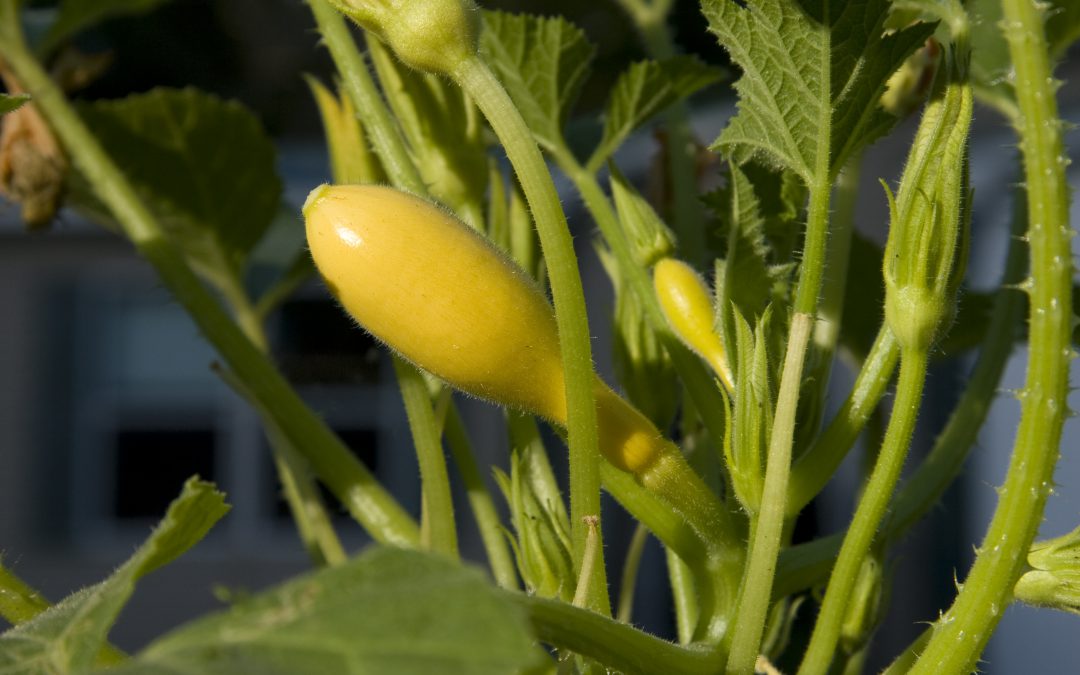
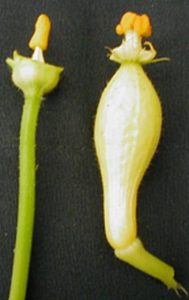
Figure 1. “Flowers from Yellow Crookneck squash. Male flower on left
with petals removed to expose male anther with pollen. Female flower
on right with petals removed to show stigma.” EDIS Publication #HS1149
Credits: E. Thralls
This spring, I have received several questions about spring squash. Some of the most worried gardeners asked me why their squash was not producing? Initially, I thought it was a pollination issue. It turns out, in more than one case, their plants were not producing female flowers. Botanically, squash are monecious, meaning that one plant will produce different flowers, some male and some female.
So, why were these squash plants not producing female flowers? The answer is somewhat complected. If squash were planted later in the season and exposed to primarily hotter temperatures, there will be a bias for production of male flowers. This is particularly true when nights are above 70 degrees F and days are above 90 F. I noticed that this spring, squash were only producing male flowers when we were having several days of sustained daytime temperatures over 90 F, but once highs came down into the 80s, production of female flowers resumed. This makes sense from a biological standpoint, since it is very stressful for plants to produce fruit during times of extreme temperature and plants will conserve energy to later be able to produce fruit under more favorable circumstances.
Another factor that can influence production of female flowers is the level of nitrogen in the soil. If nitrogen levels are extremely high, likely due to over fertilization, then plants will remain in a vegetative growth stage for much longer. Growth will be vigorous and dark green, but little female flower production will occur. To avoid this scenario, only apply fertilizer at recommended rates.
Hopefully, if you have run into this problem, this article will help you have better production success in the future. An excellent source that describes this phenomenon further is this article from Iowa State University titled ” Where are the Female Flowers?”

During these unusual times, the Gardening in the Panhandle Team has been working to bring you quality remote content through this online newsletter. In that vein, we have developed some new educational programming for our loyal readers.
We are providing one hour “Gardening in the Panhandle LIVE!” sessions on Zoom. These will occur during lunch hour, from 12:00 to 1:00 CDT. They will also be hosted on the Gardening in the Panhandle Facebook page and recorded if you can’t participate live. So, whether you are at home or work, bring your lunch up to your desk (or smart device) and enjoy Gardening in the Panhandle Live!
Click on the topic below to pre-register and submit your questions one week in advance.
Archived videos with closed captioning are linked to topics about one week after event airs.
The schedule follows below:
| Date | Topic | Panelists | 12-1pm CDT |
| May 28 | Vegetables Gardening | Matt Lollar, Evan Anderson, Matt Orwat | |
| June 11 | Lawn and Turfgrass | Larry Williams, Daniel Leonard, Beth Bolles, Daniel Leonard | |
| June 25 | Ornamental & Landscape | Sheila Dunning, Matt Lollar, Stephen Greer, Matt Orwat | |
| July 9 | Butterfly Gardening | Mary Salinas, Julie McConnell, Beth Bolles | |
| July 23 | Prepping for the Fall Garden | Matt Lollar, Danielle Sprague, Molly Jameson | |
| August 6 | Open Ended Q&A | Mary Salinas, Evan Anderson, Beth Bolles, Matt Orwat | |
| August 20 | Gardening for Pollinators | Dr. Gary Knox, Mark Tancig, Mary Salinas, Heather Kalaman | |
| September 10 | Fruiting Trees and Shrubs | Dr. Xavier Martini, Danielle Sprague, Trevor Hylton | |
| September 24 | Gardening in Florida Soils | Ray Bodrey, Matt Lollar, Pat Williams, Mark Tancig | |
| October 1 | Planting Trees and Shrubs | Larry Williams, Ray Bodrey, Beth Bolles, Stephen Greer | |
| October 15 | Cool Season Gardening/Cold Protection | Mary Salinas, Matt Lollar, Larry Williams | |
| October 29 | Landscape Pests (insect & disease) | Danielle Sprague, Matt Orwat, Evan Anderson, Dr. Adam Dale | |
| November 12 | Selection and Care of Holiday Plants | Matt Orwat, Larry Williams, Sheila Dunning, Stephen Greer |
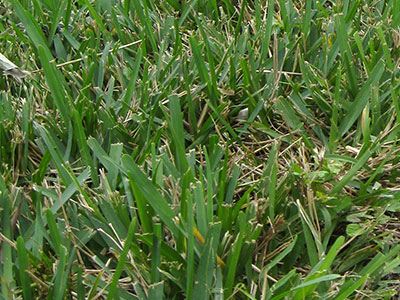
Participants will learn the symptoms of large patch disease, best management practices to prevent large patch disease, fungicide management plan to treat large patch disease, and how to identify large patch disease under a microscope, mosaic and lethal virus necrosis of St. Augustine grass. – Presented by Dr. Phil Harmon, UF/IFAS Extension Plant Pathologist.
Turf Disease Training
Thursday, April 2, 2020
Presentation thru “Zoom” online
9:00 am (CDT) – 10:30 am (CDT) – FREE
To register, please follow this link!
For questions about the webinar, please contact:
Grantly E. Ricketts
Commercial Horticulture
UF/IFAS Extension, Osceola County
321-697-3000